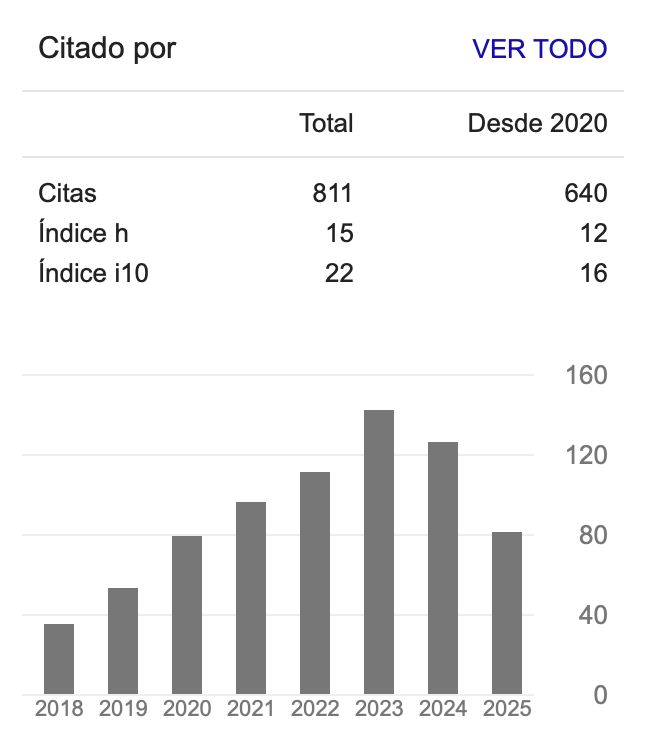Persistence of Unfairness and Inequality in Colombia’s Education
DOI:
https://doi.org/10.54104/papeles.v10n19.509Keywords:
higher education, economic development, inequality, regional developmentAbstract
This paper shows how inequity and inequality in Colombian education are negatively correlated with several indices of poverty and of performance in tests like Saber 11 (High-School exit). Inequity and inequality are associated in a spatial way with the poorest regions that cast more Yes-votes in favor of Peace Plebiscite, regions where there has been little or no State presence during decades but now have some hope of being included in the regional development path in the current post-conflict policy. This paper argues how programs like Ser Pilo Paga favor private education and increase inequity. Education as a common good implies that the right not only to “receive some education”, but “to be well educated” or “to have a quality education” implies a combination of market and non-market goods and services that support the realization of this right to education.
Downloads
References
(1) Baum, S. and O’Malley, M. (2003). College on credit: How borrowers perceive their education debt. Journal of Student Financial Aid, 33(3): 7–19.
(2) Baum, S. and Schwartz, S. (2006). How much debt is too much? Defining benchmarks for manageable student debt. The College Board. www.collegeboard.com.
(3) Bonilla, L. (2014). Doble jornada escolar y calidad de la educación en Colombia. En “Educación y desarrollo regional en Colombia. Sánchez y Otero (Ed). Banco República.
(4) CESU (2014). Acuerdo por lo superior 2034: Propuesta de política pública para la excelencia de la educación superior en Colombia en el escenario de la paz. Consejo Nacional de Educación Superior (CESU).
(5) Clark, D (2006). The Capability Approach: Its Development, Critiques and Recent
Advances. En: The Elgar Companion to Development Studies. Ed. por D Clark. Cheltenham: Edward Elgar.
(6)Crocker, D (1992). Functioning and Capability. The Foundations of Sen’s and Nussbaum’s Development Ethic. Political Theory 20 (4), 584-612.
(7) Dane. (2014). Censo Nacional Agropecuario. Dane. (2017). Gran Encuesta Integrada de
Hogares (GEIH).
(8) Eide, E., Brewer, D., and Ehrenberg, R. (1998). Does it pay to attend an elite private college?
Evidence on the effects of undergraduate college quality on graduate school attendance. Pergamon Economics of Education Review, 17(4): 371–376.
(9)Eksgtrom, R., Goertz, M., Pollack, J., and Rock, D. (1991). Undergraduate debt and participation in graduate education. GRE Board Report No. 86-05R.
(10) Fox, M. (1992). Student debt and enrollement in graduate and professional school. Applied Economics, 24: 669–677.
(11) Junca, G. (2016). Análisis de desempeño en las pruebas Saber 11 para Bogotá, D.C. a través de la metodología de modelos HGLM. Mimeo. P. 40.
(12) Kim, D. and Otts, C. (2010). The effect of loans on time to doctorate degree: Differences by
race/ethnicity, field of study, and institutional characteristics. The Journal of Higher Education, 81(1), 1-32.
(13) Kuklys, W (2005). Amartya Sen’s Capability Approach Studies in Choice and Welfare. Berlin: Springer.
(14) Lightman, E. and Connell, L. (2001). Student debt and access to higher education: An
example from ontario. Canadian Social Work Review / Revue canadienne de service social, 18(1): pp. 131-149.
(15) Malcom, L. and Dowd, A. (2012). The impact of undergraduate debt on the graduate
school enrollment of stem baccalaureates. The Review of Higher Education, 35(2): 265-305.
(16) Melguizo, T., Torres, F., and Haider, J. (2011). The association between financial aid
availability and the college dropout rates in colombia. Higher Education, 62(2): pp.
–247.
(17) Millett, C. M. (2003). How undergraduate loan debt affects application and enrollment
in graduate or first professional school. The Journal of Higher Education, 74(4): 386-427.
(18)Minicozzi, A. (2005). The short term effect of educational debt on job decisions. Economics of Education Review, 24: 417–430.
(19) Ministerio de Educación Nacional. (2010). Encuesta de Demografía y Salud (EDS)
(20) OCDE (2008). Latin America Economic Outlook 2009. OCDE. Paris.
(21) OCDE (2011). Investment Policy Review. Colombia 2012. OCDE. Paris.
(22) OCDE (2012). La educación superior en Colombia. OCDE-Banco Mundial.
(23) Mora, A. and Múnera, L. (2014). Complejo de superioridad (la política pública para la educación terciaria). Working Paper. http://palabrasalmargen.com.
(24) Nussbaum, M (1988). Nature, Function, and Capability: Aristotle on Political Distribution. En: Oxford Studies in Ancient Philosophy Suppl. 145-184.
(25) Nussbaum (1992). Human Functioning and Social Justice: In Defense of Aristotelian Essentialism. Political Theory, 20(2), 2002-246.
(26) Nussbaum, M (2003). Capabilities as Fundamental Entitlements: Sen and Social Justice. Feminist Economics, 9(2-3), 33-59.
(27) Nussbaum, M. y A. Sen. (Eds.). (1993). Quality of Life. Oxford: Clarendon Press. Robeyns, I. (2003). Sen’s Capabiity Approach and Gender Inequality: Selecting Relevant Capabilities. Feminist Economics, 9(2-3), 61-92.
(28) Robeyns, I. (2005). The Capability Approach: a theoretical survey. Journal of Human Development, 6(1), 93-114.
(29) Rothstein, J. and Rouse, C. (2011). Constrained after college: Student loans and early-career
occupational choices. Journal of Public Economics, 95:149–163.
(30) Sen, A. (1993). Capability and Well-Being. The Quality of Life. Nussbaum y Sen. (Eds.). Oxford: Clarendon Press, págs. 30-53.
(31) Stiglitz, J. (2003). The roaring ninities: a new history of the world’s most prosperous decade. New York: W.W. Norton & Company
(32) UNESCO (2015). Rethinking Education. Towards a global common good. Fontenay. Unesco.
Downloads
Published
-
Abstract1730
-
PDF (Español)1569
How to Cite
Issue
Section
License

This work is licensed under a Creative Commons Attribution-NonCommercial-ShareAlike 4.0 International License.






